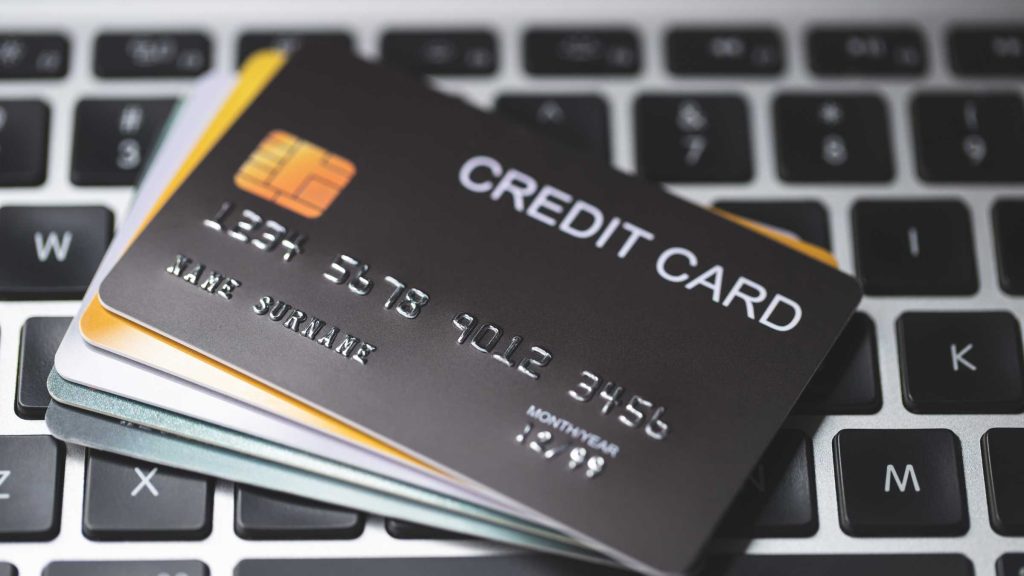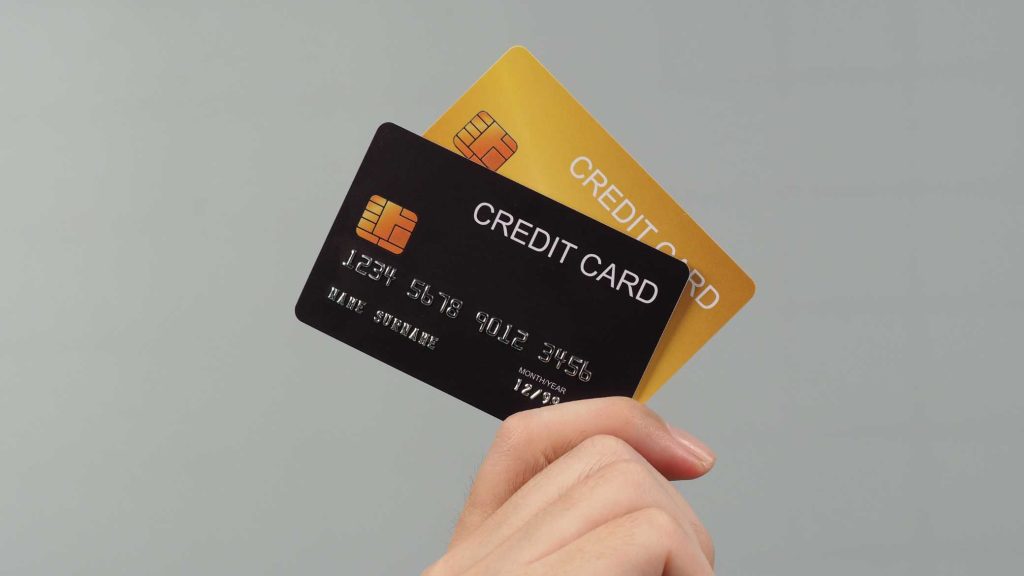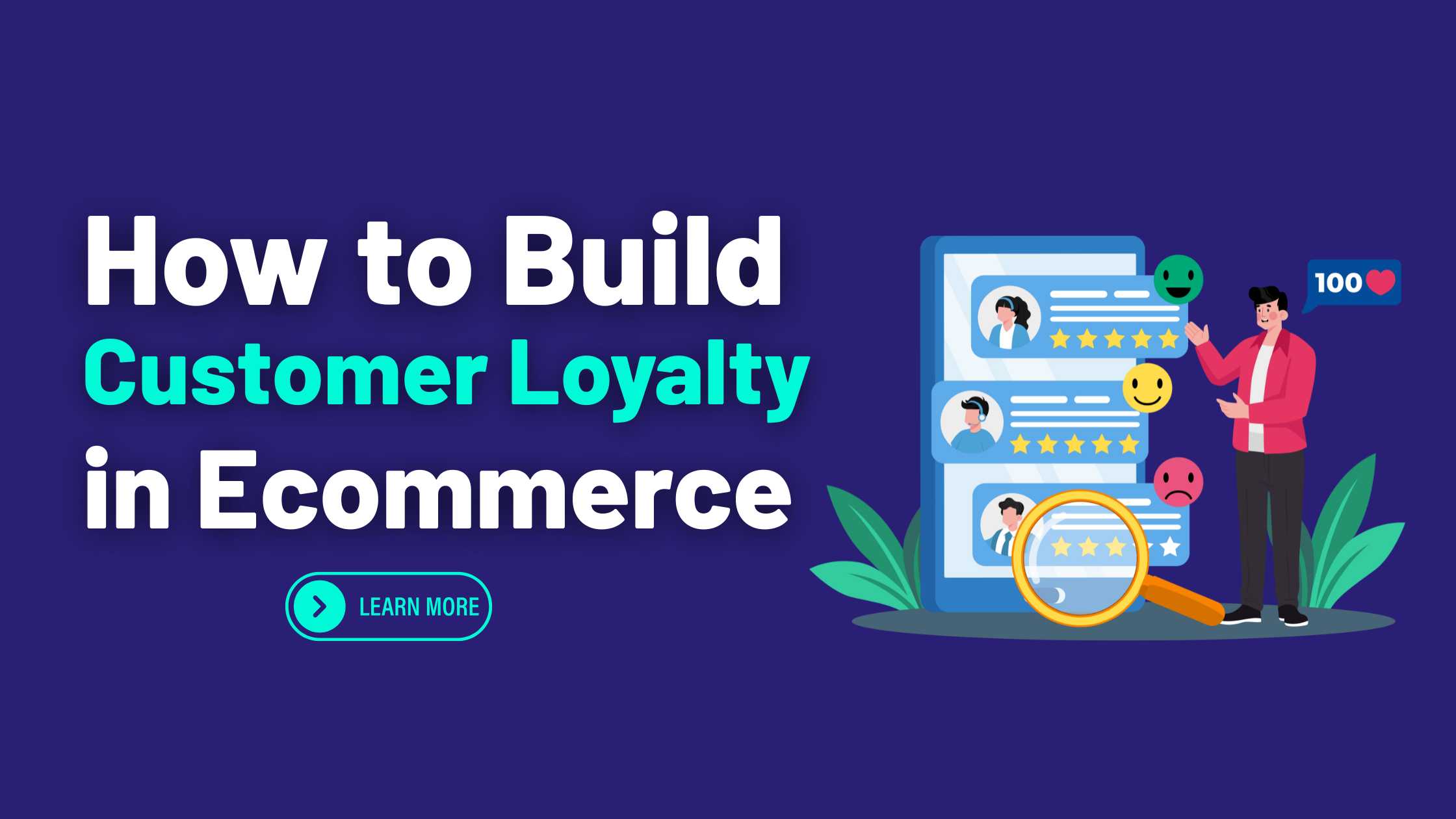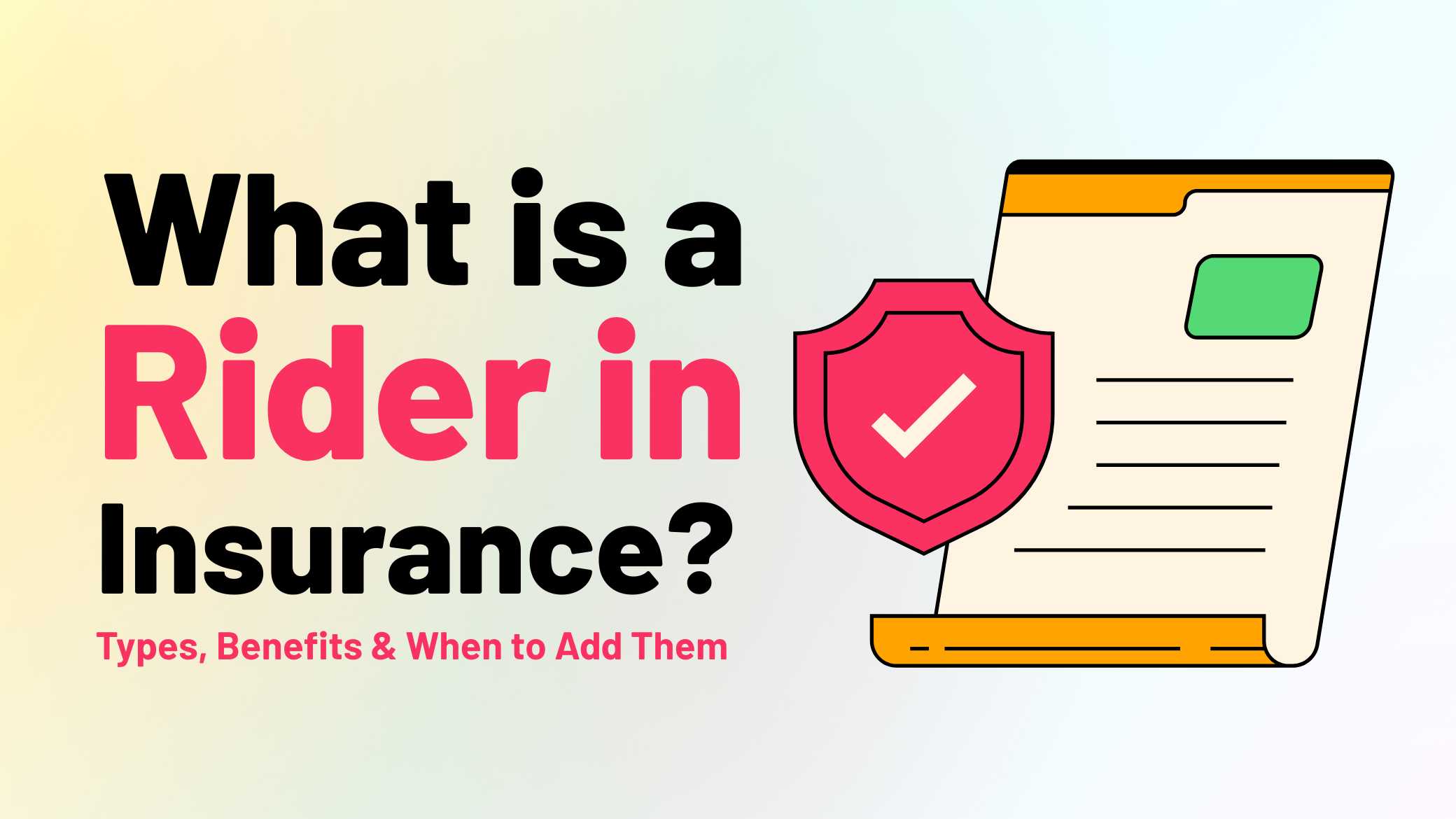EMI Card vs Credit Card : In the rapidly evolving landscape of digital finance, both EMI cards and credit cards have emerged as indispensable tools for Indian consumers. These financial products offer flexibility, instant purchasing power, and the ability to manage cash flow smartly. But in 2025, with the increasing availability of “buy now, pay later” solutions and customized lending offers, the lines between EMI cards and credit cards are getting blurred.
Table of Contents
So, if you’re wondering whether to choose an EMI card or a credit card, this detailed comparison will guide you through the decision-making process.
Understanding EMI Cards in 2025
An EMI (Equated Monthly Installment) card is a financial instrument designed specifically for consumer durables and lifestyle purchases. Popularized by fintech players like Bajaj Finserv, HDFC, and Tata Capital, EMI cards allow users to convert their high-ticket purchases into easy installments with little to no documentation. Unlike a credit card, an EMI card doesn’t function as a revolving credit line; it’s a pre-approved limit that can be used only at partner merchants.
Key Features of EMI Cards
- Pre-approved loan limit: Typically ranging from Rs. 10,000 to Rs. 5,00,000
- Zero or minimal interest rates on select products
- No credit card-like swiping; purchases are converted into EMIs at partner stores
- Repayment tenure ranging from 3 months to 24 months or more
- Instant approval and minimal documentation
- Online and offline usability with specific merchant networks
Understanding Credit Cards in 2025

A credit card is a revolving credit facility offered by banks and financial institutions. Users can borrow money up to a defined limit and repay either in full or through EMIs.
Also Read : 5 Credit Card Mistakes That Decrease Your Credit Score in 2025
Credit cards offer a wide array of features like cashback, travel points, fuel surcharge waivers, and more. In 2025, the credit card industry is seeing AI-based credit scoring, dynamic credit limits, and seamless app integrations that make financial management easier than ever.
Key Features of Credit Cards
- Wide acceptance across online and offline stores
- Revolving credit facility with flexible repayment
- Attractive reward programs and loyalty points
- EMI conversion on eligible purchases
- Cash withdrawal facility (at a cost)
- Balance transfer options and promotional offers
- Credit score impact based on repayment behavior
EMI Card vs Credit Card: Key Comparison Points
1. Purpose and Usability
EMI cards are mainly used for purchasing consumer durables, electronics, appliances, and fashion items, where the cost is split into installments. Credit cards, on the other hand, are versatile and can be used for everything from groceries to travel bookings to utility payments.
2. Interest Rates and Fees
EMI cards typically come with zero-interest offers on partner products. However, on non-partner transactions or default payments, interest can shoot up to 24-36% annually. Credit cards charge interest ranging from 24-48% annually on unpaid dues. However, credit cards offer an interest-free grace period of 20-50 days if bills are paid on time.
3. Merchant Acceptance
Credit cards are universally accepted—both online and offline. EMI cards are restricted to a specific network of partner merchants, limiting their usage.
4. Eligibility and Documentation
EMI cards are easier to get. They usually require just KYC and income verification. Credit cards require a detailed credit assessment and a higher credit score, especially for premium variants.
5. Credit Score Impact
EMI card repayments are reported to credit bureaus and affect your credit score. However, a credit card gives you more scope to build or damage your credit score due to its revolving credit nature and broader usage.
6. Repayment Flexibility
EMI card repayment is fixed—you commit to a tenure and installment amount upfront. Credit cards offer more flexibility with minimum due payments, EMIs on select purchases, or full payments.
7. Cashback, Rewards, and Offers
Credit cards generally offer better cashback, points, and promotional discounts. EMI cards may provide zero-interest schemes and festival offers but lack robust rewards programs.
8. Annual Fees and Charges
EMI cards usually have a low one-time joining fee and negligible annual charges. Credit cards have varied annual fees depending on the variant and associated benefits.
9. Emergency Usage
Credit cards can be used during emergencies, including medical bills and cash withdrawals (though with fees). EMI cards are restricted to product purchases.
Who Should Choose an EMI Card?
If your primary need is to purchase electronics, furniture, or other consumer goods on installment without undergoing a lengthy credit approval process, an EMI card is the better option. It suits salaried individuals, first-time borrowers, and students who need affordability but don’t want a full-fledged credit line. EMI cards are also ideal for consumers with thin credit files or those who prefer fixed installment plans over revolving credit.
Who Should Choose a Credit Card?

If you are financially disciplined and want a versatile tool that helps with travel bookings, utility bills, online shopping, and offers cashback and rewards, go for a credit card. It’s suitable for individuals with a stable income and a decent credit score. A credit card becomes an extension of your financial personality and offers more long-term value through credit building and perks.
2025 Trends: How EMI Cards and Credit Cards Are Evolving
Fintech innovation is driving both EMI and credit card evolution. Here are key trends:
- AI-Based Credit Scoring: Making approval faster and reducing human bias
- BNPL Mergers: EMI cards are integrating with “Buy Now, Pay Later” platforms
- Co-branded Credit Cards: Offering EMI conversion and partner offers in one product
- Virtual Credit Cards: More secure and ideal for online purchases
- Prepaid EMI Cards: Offered to users with no credit history
- Embedded Financing: EMI card functionality directly within ecommerce apps
Which Is Better for Online Shopping?
For online shoppers, credit cards offer broader acceptance and better cashback programs. However, if you frequently buy from specific ecommerce platforms like Flipkart or Amazon, EMI cards issued by their partner NBFCs might provide no-cost EMI schemes, making them more affordable for large purchases.
Which Is Better for Building Credit?
Credit cards are better tools for building and improving credit scores. Their monthly reporting, longer history, and variety of credit behaviors all contribute to your CIBIL or Experian profile. EMI cards contribute too, but only in a limited capacity.
Can You Use Both an EMI Card and a Credit Card?
Absolutely. In fact, many financially savvy consumers use EMI cards for large purchases with zero-interest offers and use credit cards for everyday spending and to earn rewards. This diversification helps manage debt better and reduces interest payments.
Popular EMI Cards in India 2025
- Bajaj Finserv EMI Network Card
- HDFC FlexiPay EMI Card
- Tata Capital Insta EMI Card
- ZestMoney EMI Card
- Amazon Pay Later (Technically an EMI facility)
- Simpl and LazyPay (BNPL + EMI functionality)
Popular Credit Cards in India 2025
- HDFC Millennia and Regalia
- SBI SimplyClick and Elite
- Axis Bank Ace and Magnus
- ICICI Coral and Amazon Pay Credit Card
- American Express SmartEarn and Platinum Travel
- Standard Chartered Super Value Titanium
Final Verdict: EMI Card vs Credit Card in 2025

There’s no one-size-fits-all answer. EMI cards and credit cards serve different purposes.
Buy Now : Options Trading Master Class
If you need budget-friendly installment plans and shop frequently at specific merchants, go for an EMI card. If you need a full-scale financial product with wide usability and rewards, a credit card is more suitable. Assess your spending habits, income stability, and financial goals before choosing.
Disclaimer : This guide is intended for informational purposes only. Financial decisions should be based on individual circumstances and preferably after consulting a financial advisor. Product availability and terms may vary by provider.
Keywords : EMI Card vs Credit Card – EMI Card vs Credit Card 2025 – EMI Card vs Credit Card Guide








